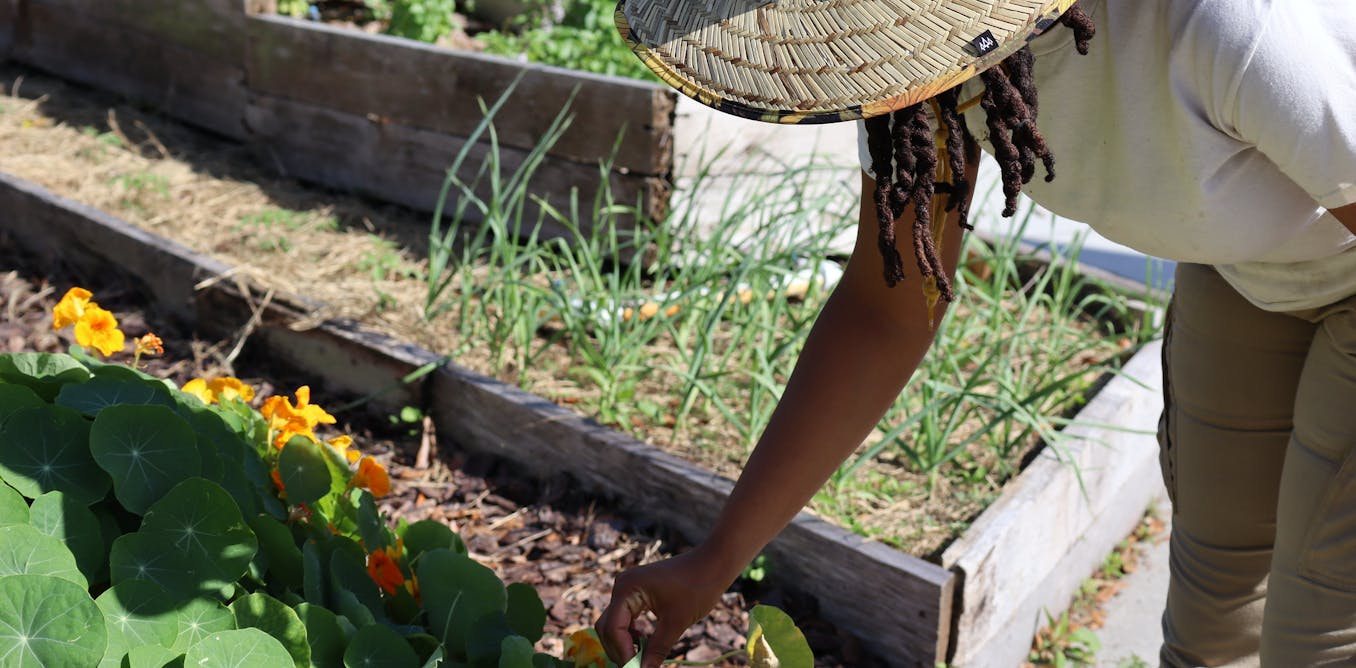5 Easy Facts About City Blooming Described
5 Easy Facts About City Blooming Described
Blog Article
Not known Factual Statements About City Blooming
Table of ContentsThe Basic Principles Of City Blooming The smart Trick of City Blooming That Nobody is DiscussingThe Single Strategy To Use For City BloomingA Biased View of City BloomingThe Main Principles Of City Blooming
Interested in growing food available in the City of Chicago? Thinking of starting a community garden? Adjustments to the Chicago Zoning Regulation allow farming usages like area gardens and metropolitan farms in numerous parts of the city. Below is a list of often asked concerns pertaining to the rules and guidelines that farmers must take into consideration when planning a city agriculture task.
The zoning change does not change any kind of other codes dealing with composting, building authorizations, purchasing or renting City owned home, organization licenses or ecological contamination. There are existing codes that manage these problems and they continue to be completely impact and might apply to your task. Community yards are usually possessed or handled by public entities, public organizations or community-based organizations and preserved by volunteers.
Urban ranches expand food that is meant to be sold, either on a nonprofit or for-profit basis. Because of their commercial function, city ranches need a service certificate. Yes. A neighborhood yard is permitted to offer excess generate that was expanded on site if the sales are accessory or secondary to the yard's primary function explained above.
Get This Report about City Blooming
The quantity of compost product can not go beyond 25 cubic yards at any type of given time according to the criteria in 7-28-715 of the City's Municipal Code. Because the soil at many brand-new yard websites requires amending, garden compost, soil, timber chips, or various other materials can be gotten to create or improve the expanding room.

If a building authorization is needed after that the hoophouse will be considered an accessory building. You can discover more about the building permit requirements by calling the Department of Buildings. The 25,000-square-foot dimension limitation is intended to stop a solitary neighborhood garden from dominating a provided block or diminishing the block's existing domestic or business personality.
The limit does not apply to yards located in Public Open Room (POS) districts. Can there be even more than one neighborhood yard that is 25,000 square feet on a solitary block? Fencing is not called for, however, gardens that have huge car parking locations might be required to set up secure fencing or various other landscaping features.
Indicators on City Blooming You Need To Know
B1 & B2 districts require that all business usage activities be carried out indoors. R areas restrict industrial activity. The policies reflect the function and intent of the Zoning Code. Is fencing required for city ranches? Yes. Fencings might be required, along with landscape design and testing, for specific parking lot and outside work or storage space locations depending upon location and the certain activity happening.
Yes. Urban ranches need structure permits and zoning approvals prior to building and construction. Various other types of city testimonial might be needed depending on specific structures, tasks, dimension, landscape design, licensing, public heath and stormwater monitoring problems. Many of these demands are determined in the project design or allowing procedure, however, the applicant might be liable to independently recognize specific licenses or permits that might be required.
The Division of Company Affairs and Customer Protection can help identify the certain kind of organization license that's called for. Off road vehicle parking is required for a lot of commercial projects in Chicago. The needed number of vehicle parking areas is based on the number of workers functioning on site and not the square video of the expanding space.
3 Simple Techniques For City Blooming

Yes. A metropolitan ranch can sell compost product created on site, however, the procedure has to abide by the laws in 7-28-715 of the Chicago Municipal Code. Yes. Aquaponic systems are allowed inside on metropolitan ranches in several zoning districts. However, a zoning review and structure permit is called for in order to mount frameworks or systems and a company license is required as described over.
As much as 5 hives or colonies of honey bees might be maintained as an accessory usage. Nonetheless, beekeepers should register with the Illinois Division of Agriculture. To learn more about the recommended zoning amendment you may get in touch with the Division of Real Estate and Economic Advancement, Bureau of Preparation and Zoning at 312.744.8563.
, which takes area in rural areas at the side of suburban areas.
The Greatest Guide To City Blooming
It can entail an activity of natural cultivators, "foodies" and "locavores", who seek to create social media networks started on a common principles of nature and community holism. These networks can create using formal institutional support, coming to be integrated right into neighborhood town planning as a "change community" movement for lasting urban development.
In either case, the extra direct access to fresh veggie, fruit, and meat items that may be become aware via metropolitan agriculture can enhance food safety and food safety while reducing food miles, leading to lower greenhouse gas emissions, thus adding to climate adjustment reduction. Several of the first evidence of metropolitan agriculture comes from Mesopotamia.
Report this page